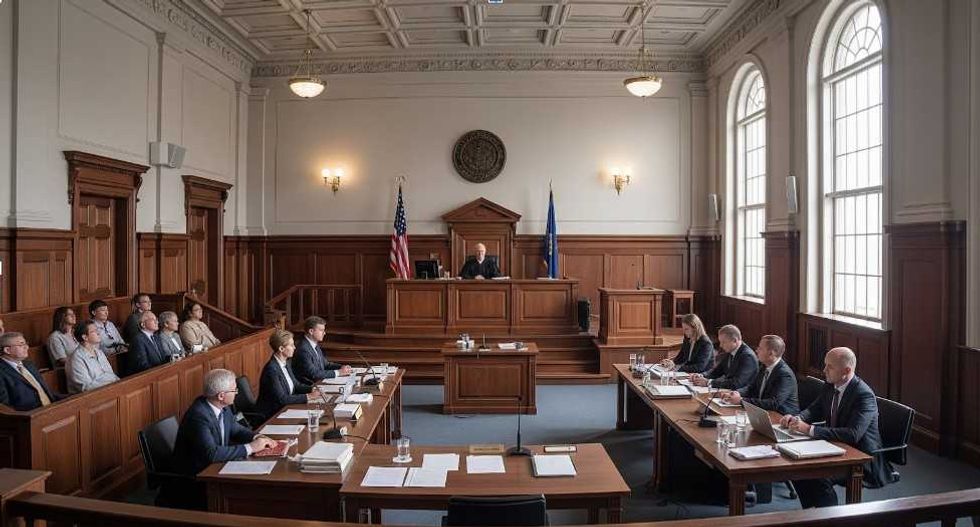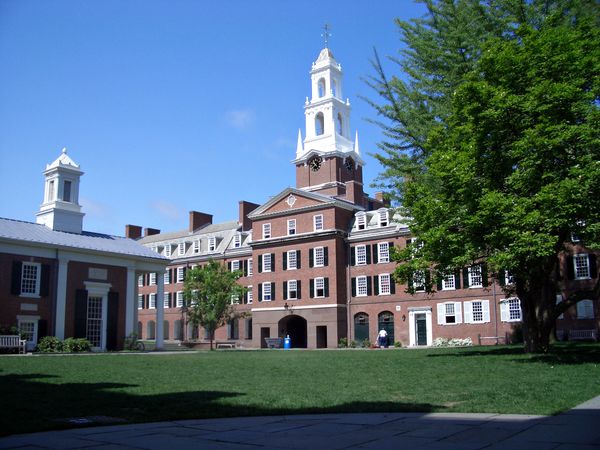Narrow hallways, obtrusive steel doors, and a rather puzzling outline are all descriptors of Madison’s George L. Mosse Humanities building. If you are a student at the University of Wisconsin-Madison, then it is almost guaranteed that you have gotten lost trying to find your class in this large and complex building at least once or twice. The hallways seem neverending and room numbers appear to vary with no coherent pattern. Why, you might ask, would anyone make an outline for a building so confusing?
The answer to this question dates way back to the 1960s-70s during the time of the Vietnam War. Madison, as a thriving city and college town, has always been an environment that fosters protests, debates, and rallies. This was a characteristic that was in place even 55 years ago. The 60s weren’t all about the hippies, during the Vietnam War, Madison was shaken by a series of student protests and riots. One of which concerned the presence of on campus recruiters for a Chemical company providing napalm, a flammable liquid used for warfare, during the Vietnam War. Students of Madison took to the streets and even Bascom Hill to advocate their discontent with the involvement in the war and were sure to make their voices on campus a presence to be reckoned with.
These student protests did not always follow the peaceful and understanding approach, but instead took a turn for violence. A still and muggy August morning, equipped with bombs, and minds set on powerfully demonstrating a point, four students sought to bomb Sterling Hall, a mathematics building, at three in the morning. Protesters were upset with the research connections the university had with the U.S. military during the Vietnam War. The bomb went off around 3:42 a.m. and left various people injured, one dead, and millions of dollars worth of damage. Needless to say, Madison had become a hotspot for anti-war demonstrations and the student body was taking action with drastic measures.
Riots, tensions, violence, and high degrees of uncertainty had taken Madison by swarm during the time of the Vietnam War. America’s involvement in the war was highly broadcasted and the effects of the war were being exposed to the public, both in images and videos, as well as through public reaction. Public support of our involvement in the war rapidly declined and this anger shook the city of Madison.
As you reflect on the construction of the Humanities building, a few key characteristics might come to mind. You may think about the multitude of inevitable and dreaded staircases, the grim lighting, the poor ventilation, the feeling that you are trapped in a jail cell because of the lack of windows, and the bizarre incline that supports the base of the building. Is the construction weird? Yes. Was the construction necessary? (Following recent events) Yes. After the riots concerning the Vietnam War took Madison as refuge, the Humanities building was designed to be “riot-proof”. Humanities was built in the late 1960s, so in light of recent activity this seemed like a necessary and important measure. The building was designed and constructed in a way that would prevent protesters from being able to scale or even escape the building, and the weird incline and slant of the base offered easy access for tanks and SWAT teams to intervene if needed. It may seem like a strange concept, but I would like to see any of us attempt to climb up the sides of Humanities successfully.
So, next time you are feeling dazed and confused upon entering the Humanities building, just remember that it is symbolic of a very influential and powerful time of student activism.





















